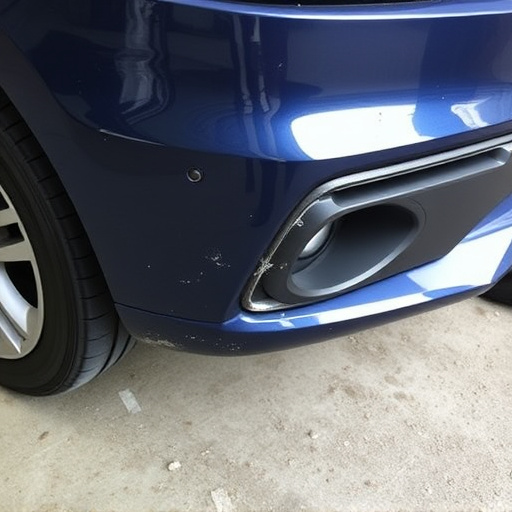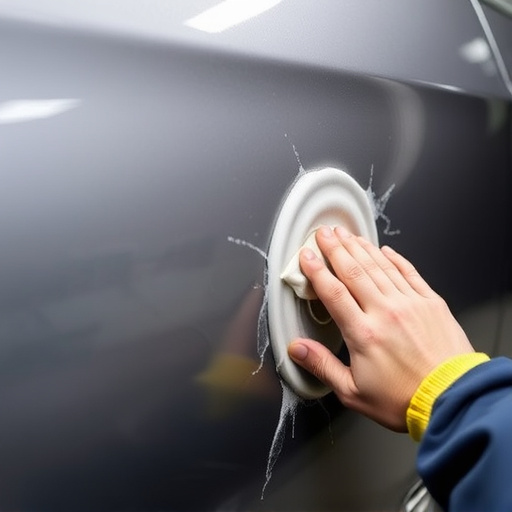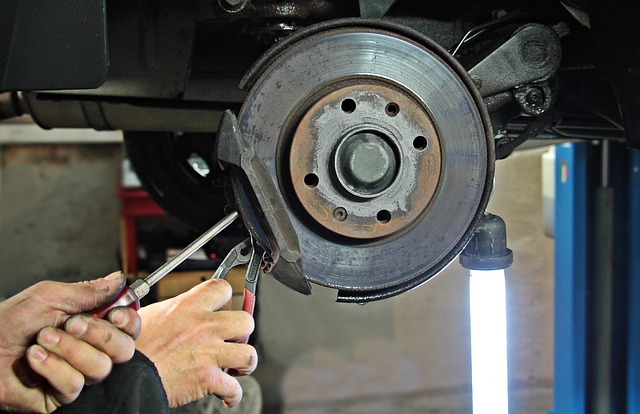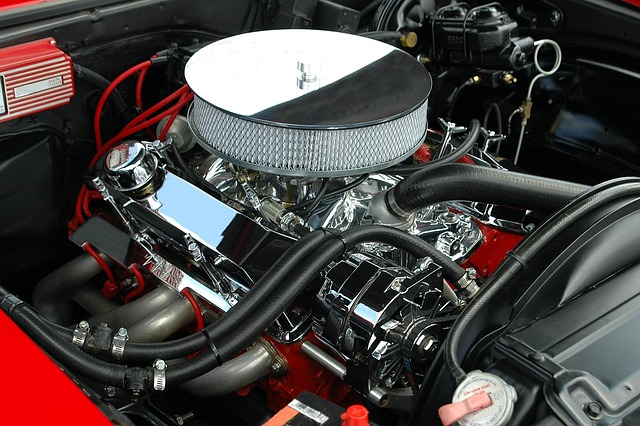Understanding core terms in repair status updates is crucial for auto body services to ensure transparent communication with customers. Simplifying technical language in these updates builds trust and keeps clients engaged during vehicle restoration processes. Effective repair status updates, using clear, concise language, manage customer expectations and demonstrate capable service delivery.
Staying informed is crucial when it comes to understanding your device’s or property’s repair process. This article deciphers the common jargon used in repair status updates, empowering you to effectively navigate communication with service providers. We’ll explore fundamental repair terms, demystify technical language for customers, and offer guidance on crafting clear, concise update messages. By the end, you’ll be equipped to efficiently track progress and make informed decisions.
- Understanding Core Repair Terms: A Basis for Updates
- Decoding Status Language: What Customers Need to Know
- Effective Communication: Crafting Clear Update Messages
Understanding Core Repair Terms: A Basis for Updates

Understanding the core terms used in repair status updates is essential for anyone involved in auto body services or automotive collision repair. These updates are a crucial communication tool, providing transparency and keeping customers informed throughout the restoration process. Common terms like “diagnosis,” “parts ordering,” and “welding” are frequently encountered in these reports, offering insights into the various stages of bumper repair or more extensive auto body repairs.
By familiarizing oneself with this vocabulary, individuals can better interpret the progress of their vehicle’s repair. For instance, a status update might mention that a technician has completed the initial diagnosis, identifying the extent of the damage and necessary components for replacement. This clear communication ensures customers are prepared for upcoming steps, whether it’s waiting for specific parts or scheduling additional auto body services to bring their vehicle back to its pre-collision condition.
Decoding Status Language: What Customers Need to Know

When it comes to understanding your vehicle’s repair status, deciphering the language used in updates can be a challenge for many customers. Repair status updates often contain technical terms and jargon that might not be familiar to laypeople. This can lead to confusion about what exactly is happening with their car during the repair process.
To bridge this communication gap, it’s essential for auto body repair shops and collision centers to decode this language for their clients. By translating complex status updates into simple, understandable terms, customers can stay informed and feel more at ease throughout the automotive restoration process. For instance, explaining that “the vehicle is currently in the painting phase” is clearer than using technical terminology like “application of basecoat.” This transparency not only builds trust but also ensures clients are actively involved in their auto body repair journey.
Effective Communication: Crafting Clear Update Messages

Effective communication is key when it comes to repair status updates. Crafting clear and concise messages ensures that customers are well-informed about their vehicle’s condition, the progress of repairs, and any anticipated delays. Clear update messages should include specific details such as the work completed so far, the tasks remaining, and the estimated time for completion. This transparency builds trust between the auto collision center or tire services and its clients.
By using straightforward language, avoiding jargon, and providing regular updates, businesses can effectively manage customer expectations. For instance, instead of saying “we are working on it,” a message could state “our team is currently replacing the damaged fender according to the repair estimate.” This level of detail helps customers understand that their vehicle is in capable hands and allows them to plan their schedules accordingly.
In the realm of repair status updates, clear and concise communication is key to fostering customer satisfaction. By understanding and decoding common repair terms, businesses can deliver effective messages that keep customers informed without causing confusion. This article has provided a basis for understanding core repair terms, offered insights into translating status language for customers, and emphasized the importance of crafting clear update messages. Incorporating these strategies into your repair status updates will enhance customer relationships and streamline the entire service process.













